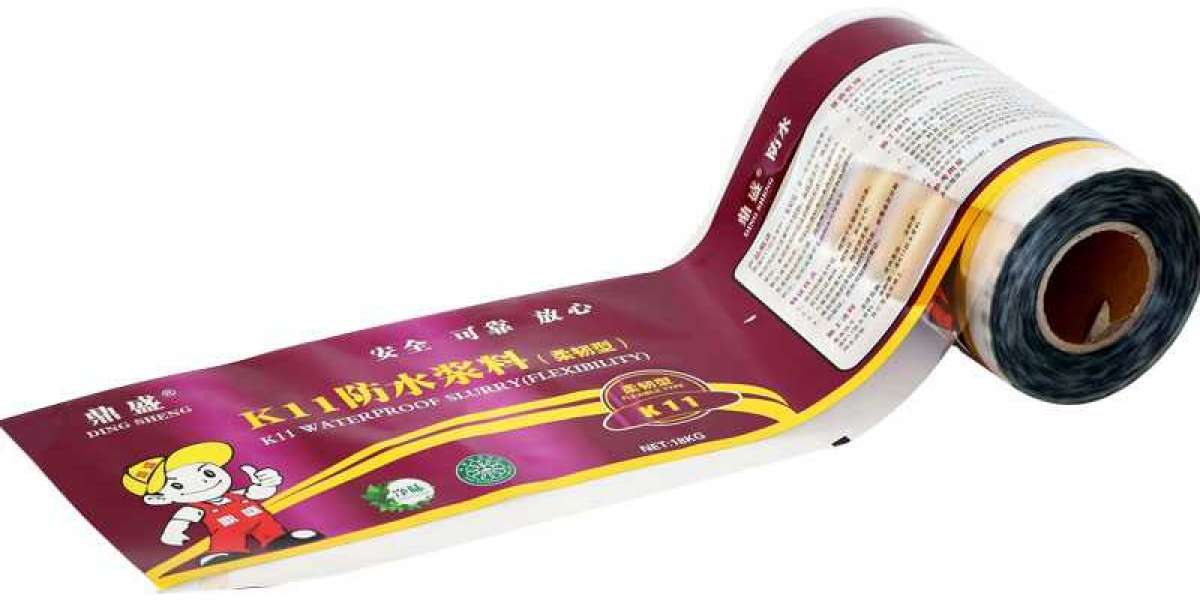If you're actively using a heat press at home or in your business, it's very likely that you've worked with heat transfer vinyl (HTV). However, you may not have had the opportunity to work with heat transfer paper. Heat transfer paper allows you to print full-color images and transfer them onto your garment with a heat press. With a new product, comes new questions. For instance, what is the difference between light and dark heat transfer paper? Is there paper specifically for inkjet or laser printers? And what about sublimation? We would like to answer these questions and more! This blog and accompanying video will provide full details about heat transfer paper, giving you a better idea of what product will best suit your needs.
Heat transfer paper is intended for use on garments or other substrates with cotton, cotton blend fabrics, or synthetic fabrics as polyester, nylon, and Lycra. Transfer paper can permanently transfer onto these substrates, thanks to the polymer film that bonds the ink and fabric together. It is available in the standard U.S. letter and tabloid sizes of 8.5" x 11" and 11" x 17", respectively. As mentioned earlier, using heat transfer paper allows you to print full-color images on a single sheet of paper. Which means no more layering, for those used to using HTV. Some papers can transfer with no visible background or white space. For most we recommend to either cut paper transfers by hand or use the contour cutting feature of a vinyl cutter (sometimes called "Print Cut).
But let’s go back our first question, what is the difference between light and dark heat transfer paper? More specifically, why are there two kinds of heat transfer paper available for printers? Light heat transfer paper is designed for pressing on white or lightly-colored fabrics, while dark transfer paper is for pressing on black or darkly-colored fabrics. Considering that most printers do not have white ink, light heat transfer paper uses the white or light color of the fabric to fill in the white portions of the graphic. Dark transfer paper prints like normal paper, using the white of the paper itself to fill in those spaces, which is why some are called "opaque". Due to the way light transfer paper is transferred, images must always be mirrored before printing them. This will not be necessary for dark/opaque heat transfer paper.
Moving onto the second question, there indeed is heat transfer paper specifically made for inkjet and laser printers. Inkjet transfer paper is best for home or office inkjet printer. With laser transfer paper, you want to avoid using laser printers that use fuser oil. You also do not want to use single-step transfer papers on laser printers that run hot. The heat from the drum could activate the paper's adhesive, which could potentially damage the printer. Both inkjet and laser heat transfer papers are specifically formulated to work with their respective printer types. Inkjet heat transfer paper is simple in the sense that it comes in either light or dark paper. On the other hand, laser transfer paper is further divided into single or full color and white toner papers. Single color laser transfer paper is compatible with both light and dark garments, while full color paper has separate light and dark offerings, similar to inkjet paper. White toner laser transfer papers are unique in that they are specifically made for white toner laser printers, typically printing transfers in one or multiple colors alongside having the ability to self-weed the background or blank space of the printed image.



